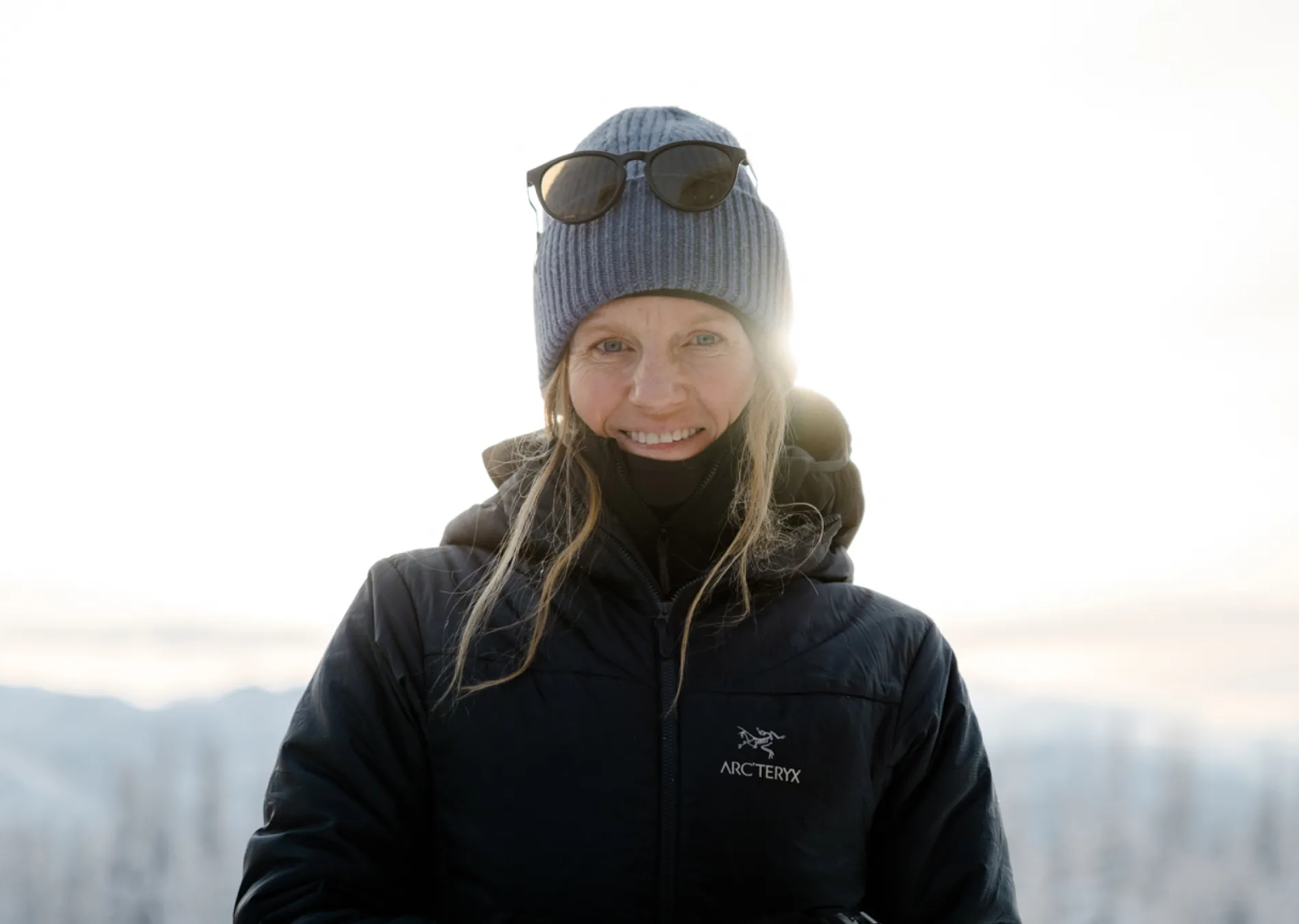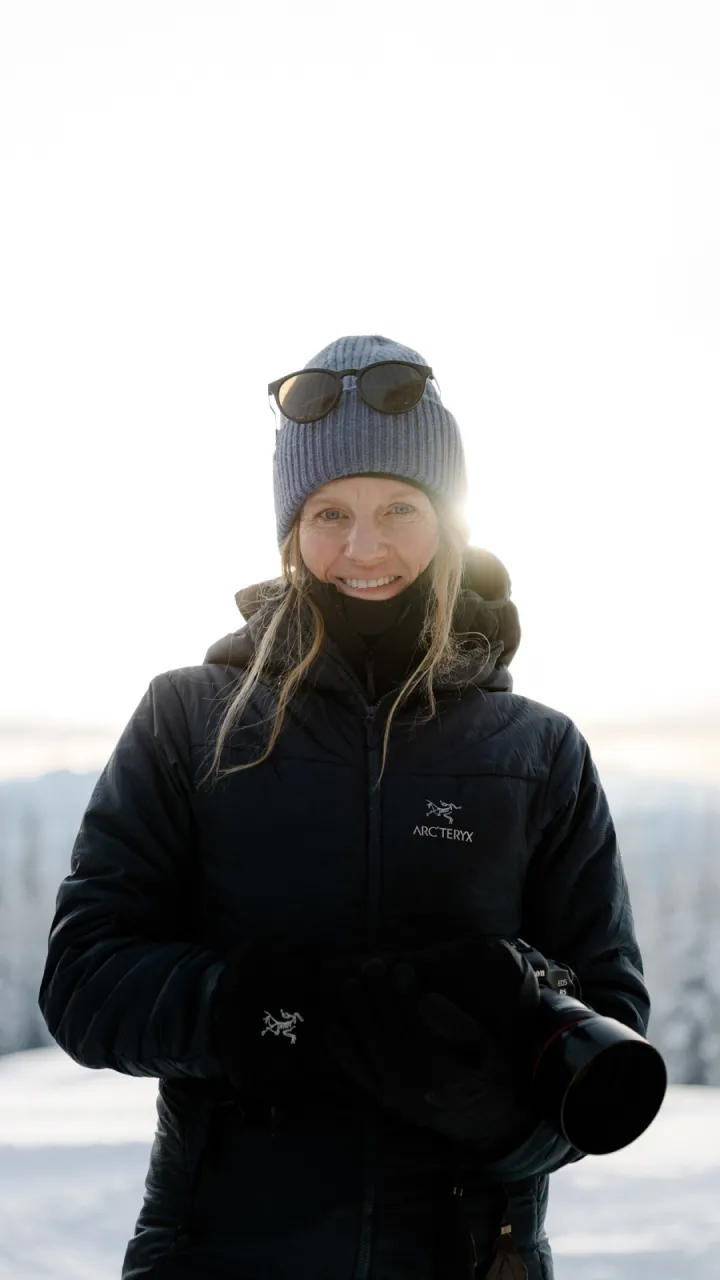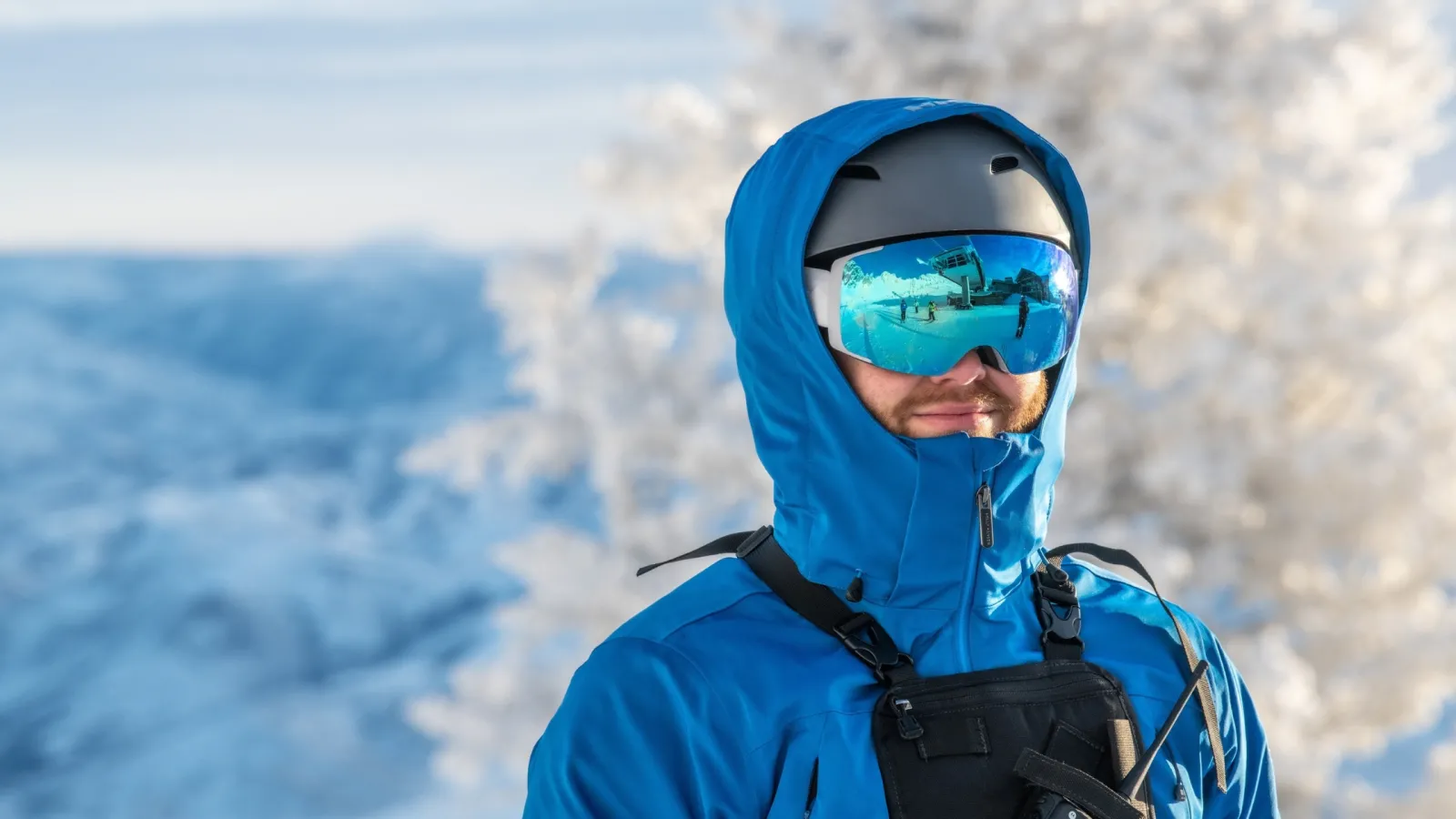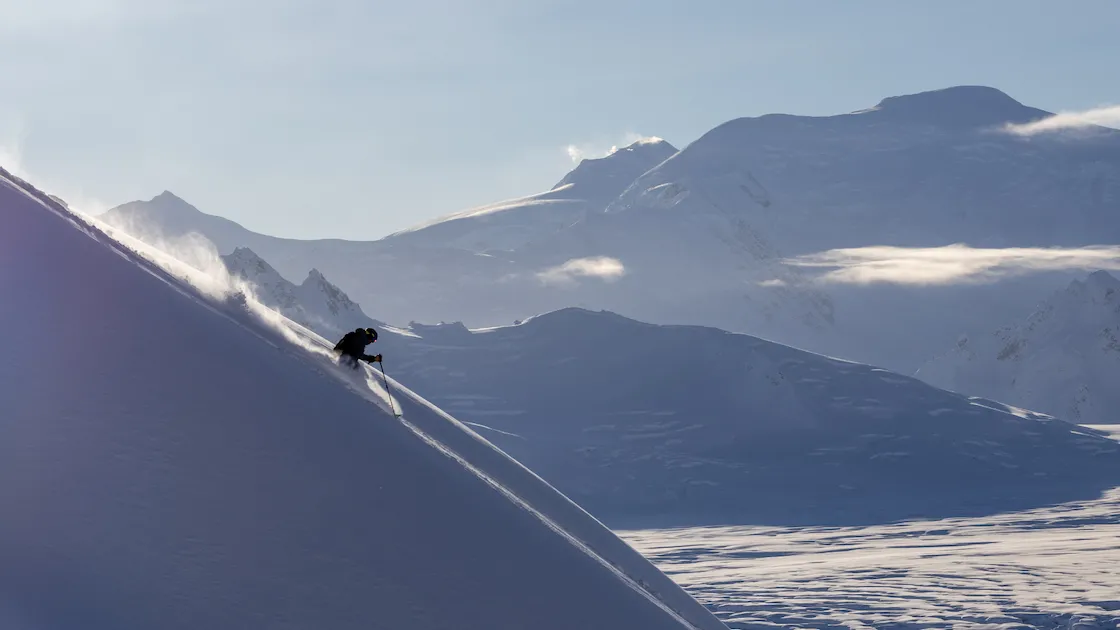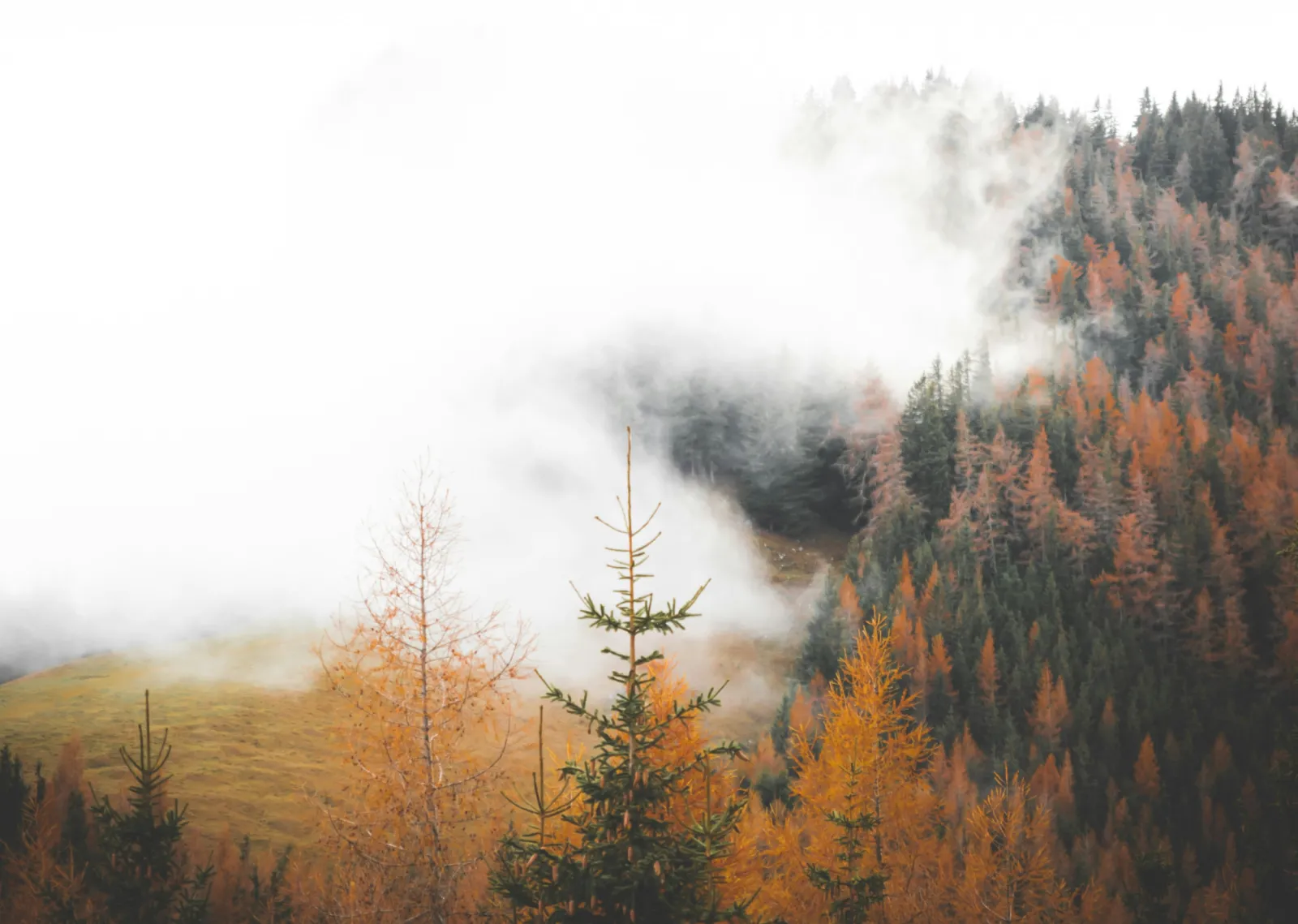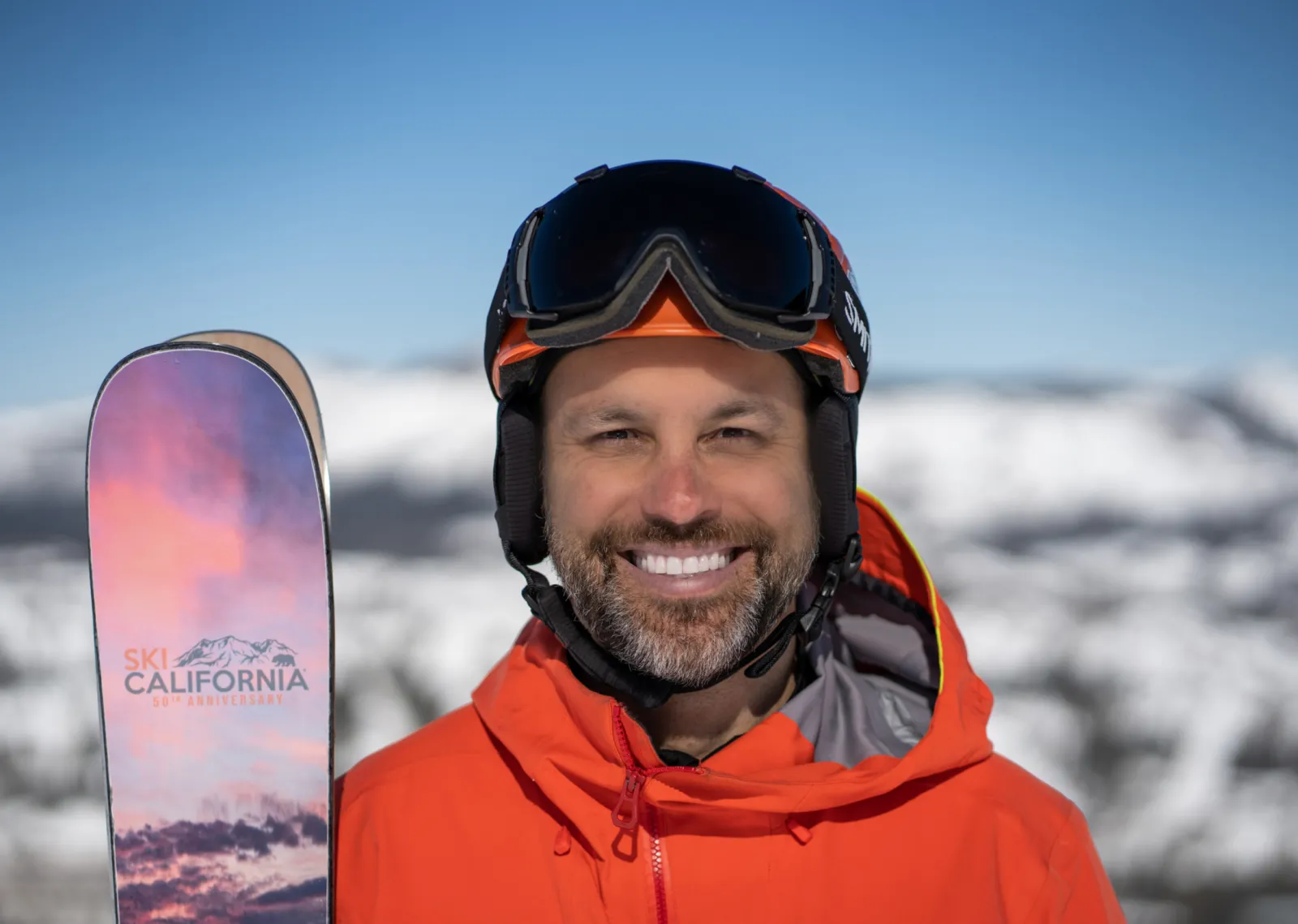Through her lens: Robin O’Neill and the art of adventure photography
One woman’s journey to becoming a world-class outdoor photographer
Robin O'Neill is an outdoor lifestyle and action photographer based in our hometown of Whistler, BC. She’s won both the Whistler Deep Winter and Deep Summer Photo Showdowns, has worked with a who’s who of outdoor brands and has successfully merged her passion for outdoor adventures with her profession. We admire Robin’s work, her creativity and her constant evolution, so wanted to get the goods on how she got here and what advice she can share.
Origin: Tell us about your path to becoming a world-class outdoor adventure photographer.
Robin: My path certainly wasn’t direct. Some people know what they want to do with their lives from the outset; perhaps family interests align with their own, or maybe they were exposed to something that resonated early on. But this was not the case for me. Mine was a process of taking scrambled puzzle pieces and trying to fit them together. I was a university graduate who felt more at home on a two-month project building a community center in Guyana than in the classroom. A business student who was more interested in human rights and equality. A student who didn’t touch artwork in high school, but felt compelled to pick up a camera to document her travels in international development. A suburban kid who felt more at home in the natural world. I was also a retired tennis athlete by high school, who fell in love with sport again when I was introduced to skiing and mountain biking. It was all those things that pieced together to lead me into a career in photography.
Even if my route was non-direct and unanticipated, once I started to take pictures in the outdoor industry, it was undeniable that this was my path. When I reflect back, I realize that I made some pretty bold moves. I entered a ski photography competition as a novice skier with no connections to athletes or the industry. I learned how to ski and mountain bike at an elite level at the age of 30. I hung from a helicopter and winter camped on my very first ski shoot with the best athletes in the world, without any experience in either. My desire for adventure, my inquisitive nature, and my vulnerability were key to my success. The rest is hard work, resilience to rejection, and adoration of creating images with passionate people.
Origin: What are the biggest changes you've seen in the industry since you started
Robin: There have been so many changes, but the most obvious to me have been increased support for female athletes and the complex evolution of digital marketing.
When I started, there was little space for female athletes in the industry, with only a small handful receiving financial support. As a photographer whose income is generated from company budgets, this meant mostly working with male athletes. I have experienced an evolution to the point where I was able to spend 90% of this winter working with female athletes.
There has also been rapid change from traditional media, from print magazines, billboards, direct mail, paid commercials, to a digital-focused world with multiple platforms and complex evolving social media. With this has been an influx of creation from all directions, such as athlete-produced content and influencer marketing. While creating more opportunities, this has also diluted the market and blurred the line between professional and amateur creatives. Like before, it is necessary to stand out by finding a niche that is less accessible to anyone else, but in a short time new niches have appeared, old ones have vanished, and just keeping up with the pace of change has become another necessary skill.
Origin: What can you tell us about your creative process? And your relationship to the athletes or the landscape in which you're shooting?
Robin: Time spent with people in the outdoors or in the mountains is unlike any other. It is a shared experience that builds very close and trusting relationships. We spend very concentrated periods of time with strangers in different landscapes and cultures. We have to rely on each other in uncomfortable circumstances involving travel, lack of sleep, and hard physical missions. But we also get the highs associated with the completion of a goal, and we share in the awe of the natural world and the power of using our bodies to their potential. It is a relationship unlike any other and results in the most incredible imagery.
I am a collaborator by nature, welcoming input and drawing inspiration from the client's needs and the athlete’s vision. Having a vision is important, whether that’s a style, concept, or mood board. I can rely on my technical skill to execute any project, so I like to hear ideas and think about how I can make them a reality. But my greatest asset is my ability to respond to the people, the environment, and the changing light in the moment. I set myself up for the best possible outcome and then take the opportunities as they arrive. Teamwork and adaptability are a big part of my creative process. I never impose a predetermined plan onto a given situation without flexibility, and I always incorporate the spontaneous and unpredictable nature of human beings and natural light, which I believe translates well into the authenticity of the shot.
Origin: The proportion of female photographers in this field is definitely a minority. Have you found this to be a challenge or an opportunity?
Robin: I would have to say both. I have found being a female photographer in this industry very challenging, but I do think it is an incredibly competitive field with a very subjective pathway to success no matter the gender.
I will say that a lot of the decision makers throughout my career have been male, whether brand managers or athletes, and that has certainly put me on the back foot in the beginning. That said, I’ve had a handful of men in the industry who have let my work and time spent together do the talking. They have made all the difference.
Brands have become more financially supportive of female athletes in recent years, and it means women get to work with female athletes more, which is incredible. However, because there is more money in women's sports, it also draws more male photographers into that space so it really takes a brand to be committed to supporting women in front of and behind the camera.
Having more female photographers in the outdoor space means not only that I have more allies than before, but this could also push the creative towards a female aesthetic and perspective.
To see Robin’s work, visit www.robinoneillphotography.com
